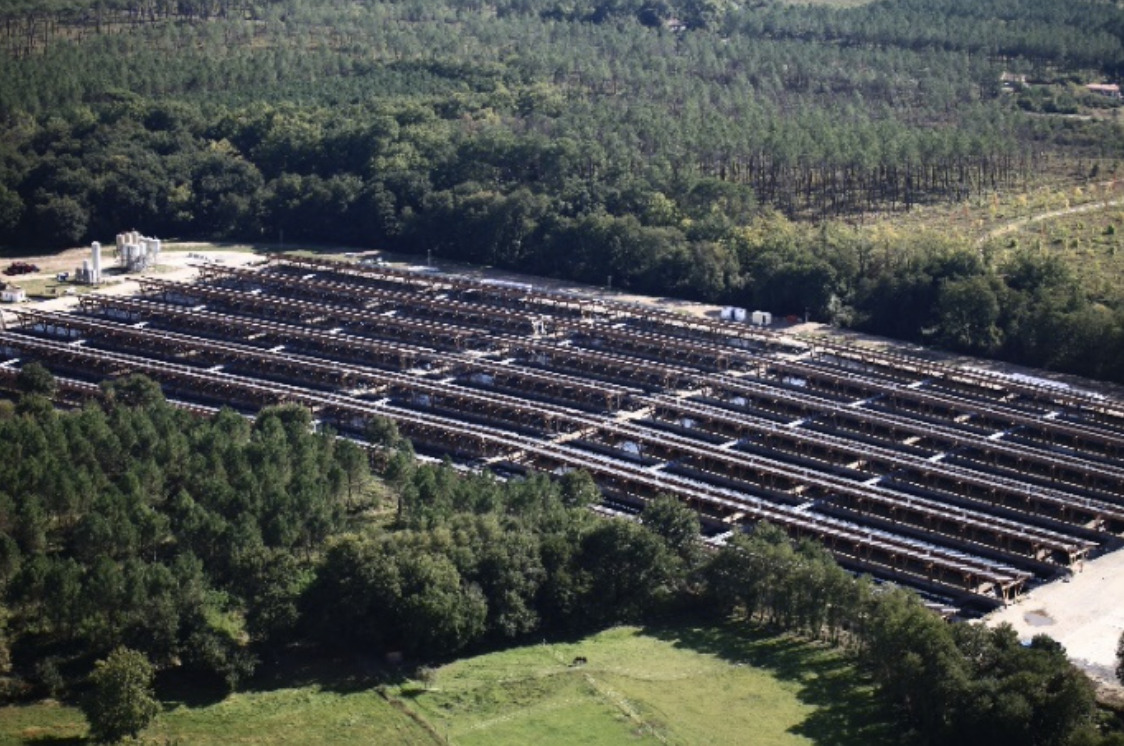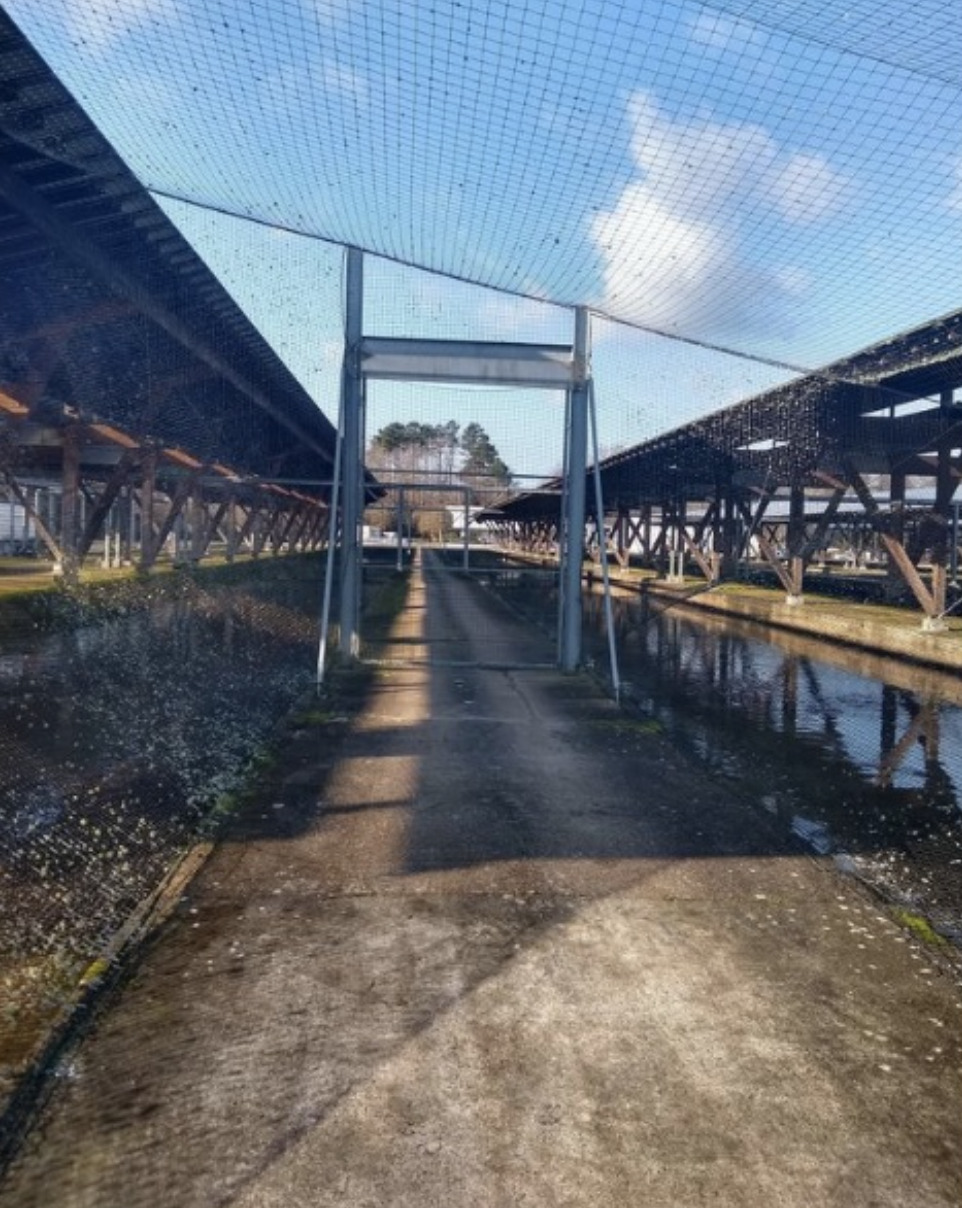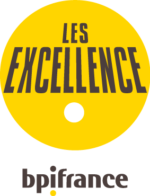What is agrivoltaics?
Agrivoltaics is the simultaneous use of areas of land for farming (the main activity) and photovoltaic energy production (the secondary activity) whilst maintaining a synergy between the two activities.
With over 10 years of experience in this virtuous approach, UNITe is one of the French leaders in agrivoltaics.
Photovoltaics adapts to the needs of many agricultural activities:
- Fish farming
Mezos, the first agrivoltaic power plant in France
The photovoltaic shade structure provides numerous qualitative and quantitative advantages for the fish farm:
- The shade prevents the water from heating up excessively, which is bad for the farmed fish and also leads to the appearance of harmful algae.
- The light filtered by the solar panels avoids sudden fluctuation in light levels, which stress the trout and affect their well-being and good development.
- The shade structures, supplemented by nets, protect the trout from birds of prey, which would stress the trout and reduce production.
- The fee paid by UNITe to the fish farm is an additional regular income over a long period.
The photovoltaic panels installed on these shade structures constitute a valuable power plant for the production of local, sustainable electricity:
- On an 8-hectare site, the shade structures have a peak power of over 4 MW.
- Annual production is approximately 5,000,000 kWh/year, which corresponds to the consumption of around 20,000 inhabitants.
- This installation is operated by UNITe, which covered the investment, takes care of maintenance and runs the power plant.
UNITe is currently developing numerous equivalent projects on other fish farm sites and on arable and livestock sites. The goal is always to seek a real, serious synergy between solar energy production and fish or agricultural production.
Aviculture
Less well known, the installation of photovoltaic shading systems on poultry farms also offers an interesting solution for farmers looking for additional income.
- They protect poultry from predators and bird droppings, which can carry diseases such as avian flu.
- They provide protection from the heat and unpredictable weather.
- They are high enough not to interfere with farm management or bird comfort.
Crops
UNITe also develops ground-based solar farm projects on farmed agricultural land using adapted structures to reduce the footprint and avoid hindering the passage of farm machinery. In particular, this involves linear north-south supporting structures with a large gap between each row (6 to 13 metres).
These structures use bifacial modules:
- either mounted vertically and immobile to face east and west
- or mounted on trackers which change the orientation of the modules throughout the day from due east in the morning to due west in the evening.
There are many benefits for the crops in a context of climate change:
- Reduction in radiation stress suffered by crops
- Lowering of the temperature throughout the field, not only under the panels
- Less evapotranspiration
The success and longevity of this type of project, both for agriculture and energy production, lies in taking into account a great many parameters (above all agricultural, but also technical, administrative, financial, etc.) concerning not only the installation phase, but above all, 30 to 50 years of operation. Several UNITe pilot projects are in progress in cooperation with farmers and bodies providing additional agricultural expertise.




